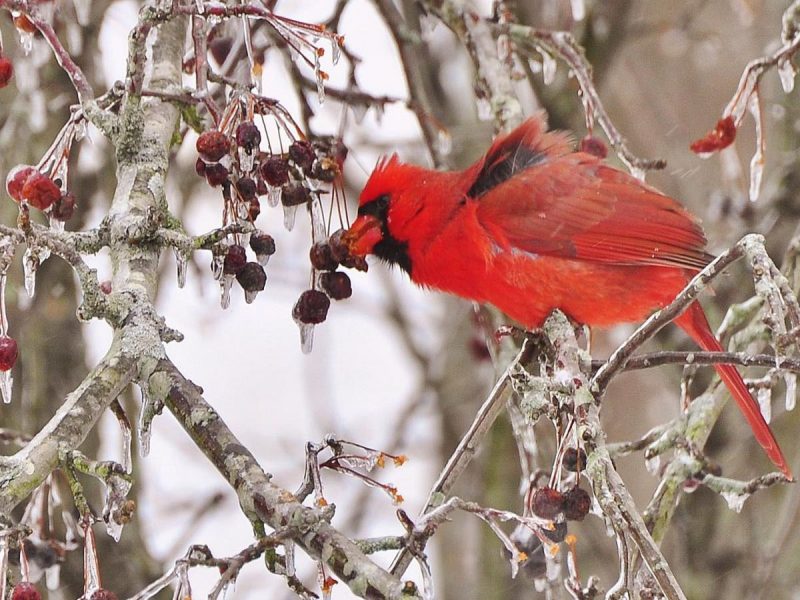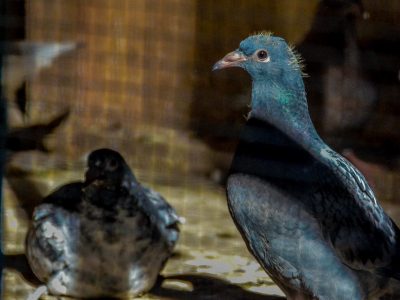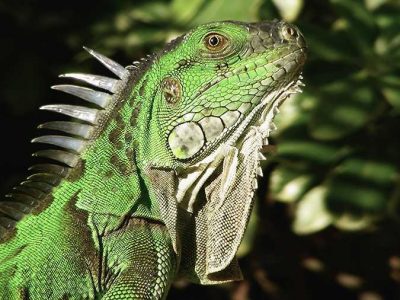
Foraging is normal and necessary in a bird’s life, as is feather care and socialization. Most birds in their natural setting will forage for food 6-18 hours a day depending on their species.
Whether they forage in a tree, like many parrots, or on the ground, like pigeons, the activity is the means by which birds get their meals. Many owners, without realizing it, have eliminated this behavior by the way they have conditioned their bird to eat its meals. This handout will explain why foraging is a must in every bird’s life, and will demonstrate some of the ways we may encourage the behavior of foraging.
Feather care and socialization
If a bird has lost the concept of foraging, they tend to spend the energy and time on two other major factors in their life: feather care and socialization. Without a great deal of time spent looking for food the bird may decide to pluck out all of its feathers, thus fixating on feather care. Some birds may become very clingy to their owner which is known as “pair bonding”. Pair bonding may be great for the owner, but oftentimes it is bad for the bird’s overall heath. Problems with reproduction or hormonal changes may develop in a bird that views their human as its mate. This is one reason for encouraging the foraging behavior.
Introducing your bird to foraging
When introducing foraging to your bird, start by identifying what type of bird you own. Does your species prefer to hunt for food, or find it in a tree or on the ground? If you are unsure, Dr. Nik Weber, DVM, is the perfect person to ask. You can also do a little bit of research on your bird in its natural setting. There are a wide variety of environments to choose from when encouraging foraging in your home. Use of your own creativity is highly suggested. Rather than simply putting food in their bowl, you will want to hide the food or place it in several different areas. This encourages the bird to hunt and gather the food. A great example of this is taking a paper towel or newspaper and wrapping the bowl of food in it. Now the only way your bird can get to the food is by tearing through the paper to get to it. Understand your bird must be taught how to do this; simply tear through the paper yourself and act or actually eat the food you find.
Other ways to encourage foraging is to wrap the food in paper and teach the bird to find the food in the wrap. To increase the time spent foraging, have some wrapped up papers with food and others without. For birds that feed on the ground, try placing its food on a cloth towel in several different areas of the cloth. This way the bird has to carefully pluck the food from the groves of the cloth. There are various manufactured toys that encourage foraging that can be found in pet stores and catalogs. A great resource to find the appropriate toys is: THE GABRIEL FOUNDATION (www.thegabrielfoundation.org). I have many more ideas you can try, some more complex than these examples. I would be happy to share them with you.
Never hesitate to call us with new ideas you have found for your foraging techniques; I would love to share them with all of the other bird lovers of our community. If you have any questions, please call Whispering Pines Pet Clinic.



